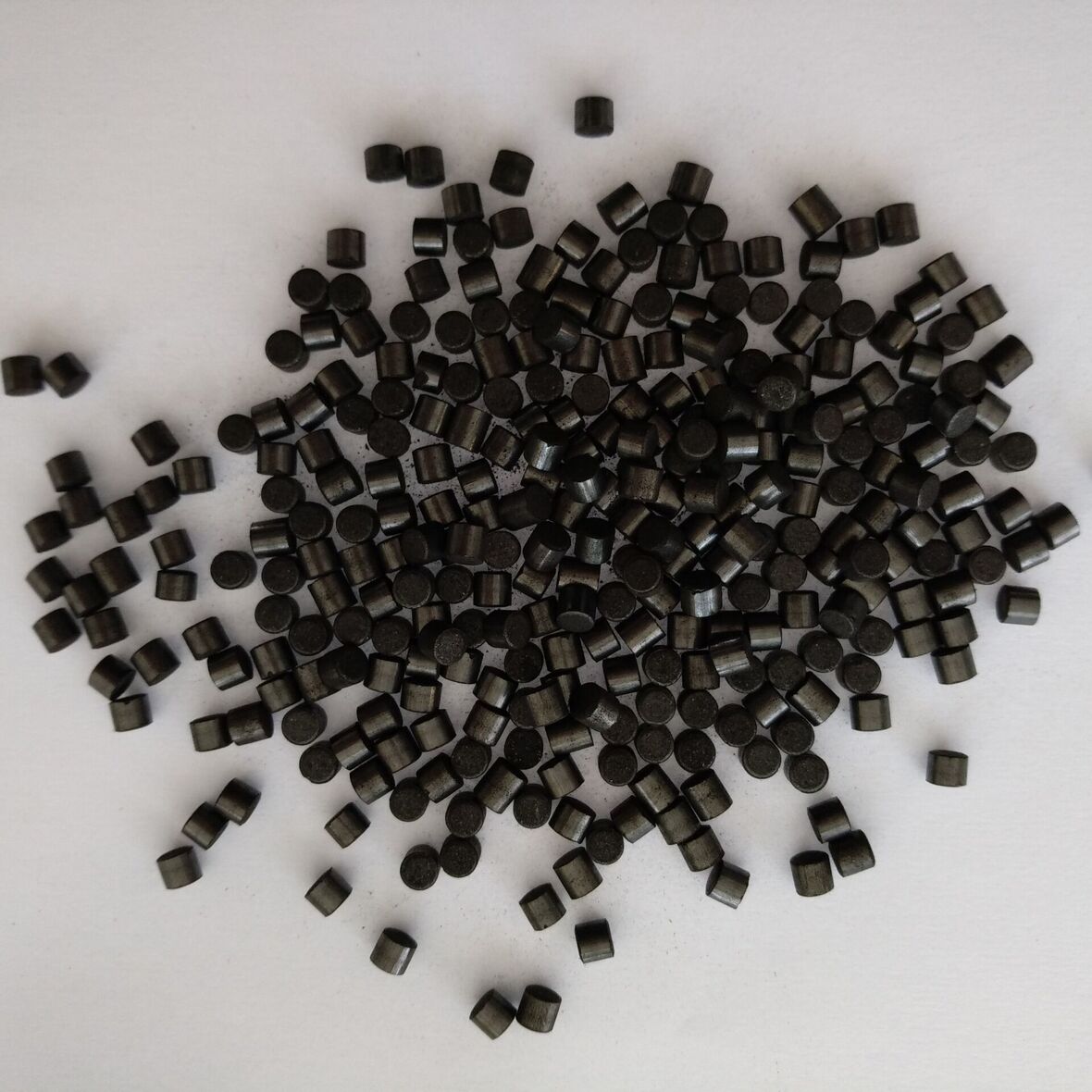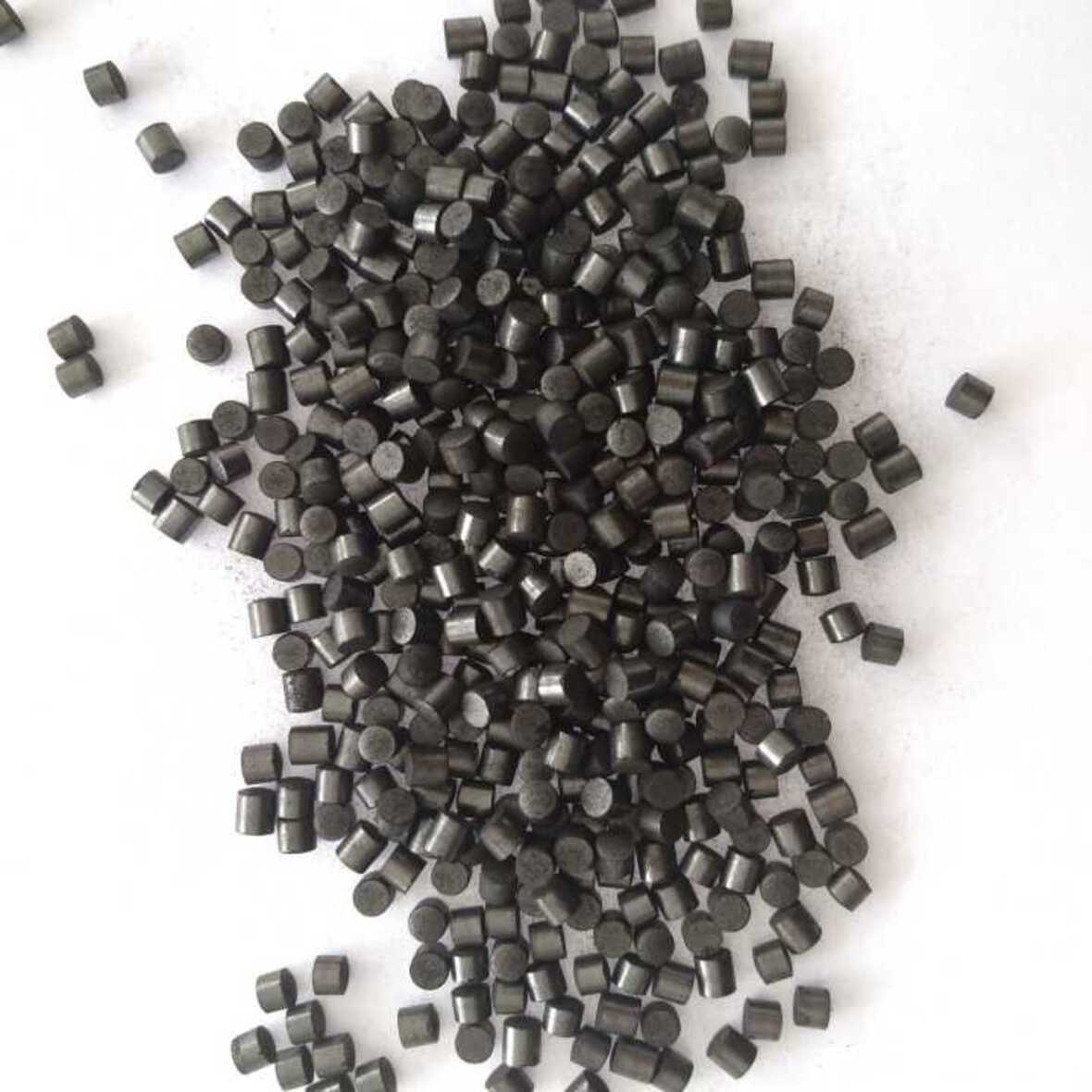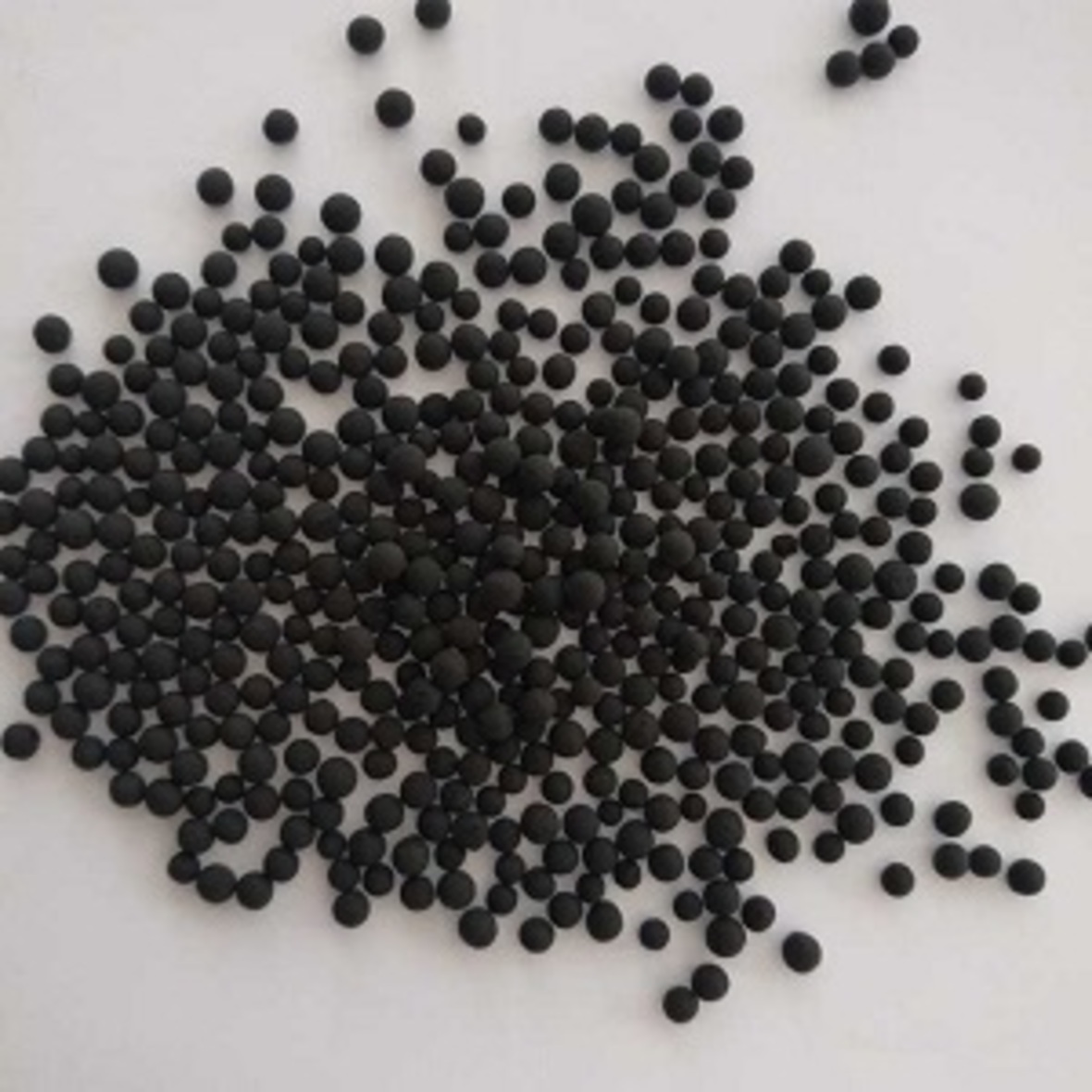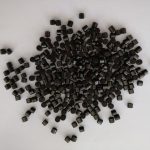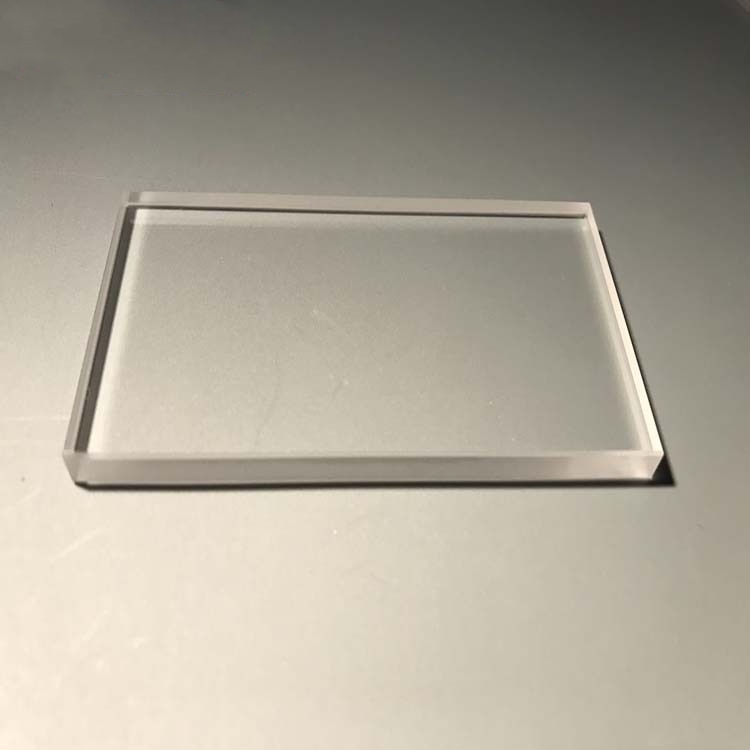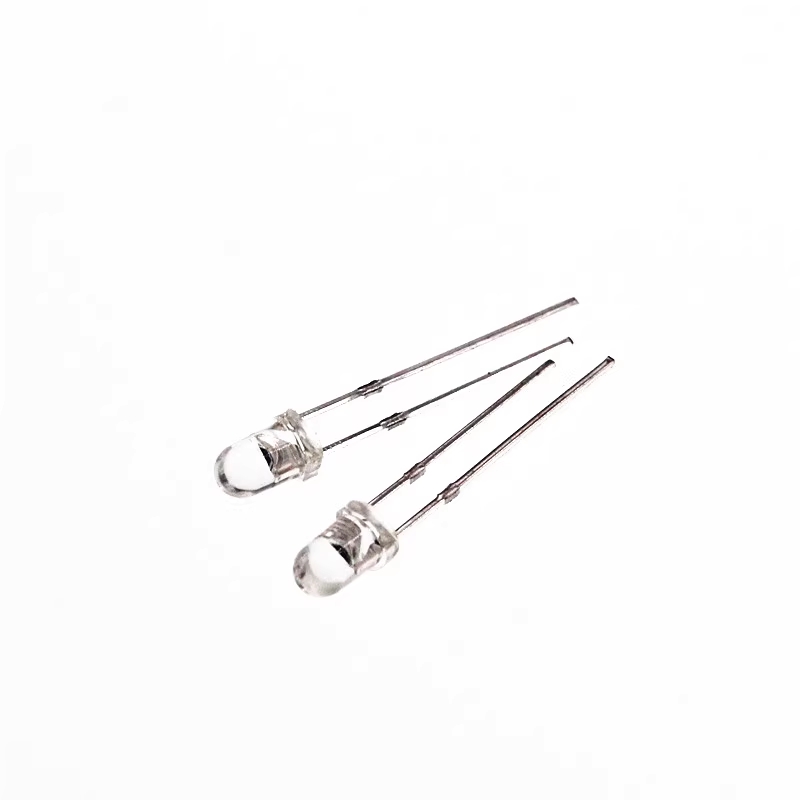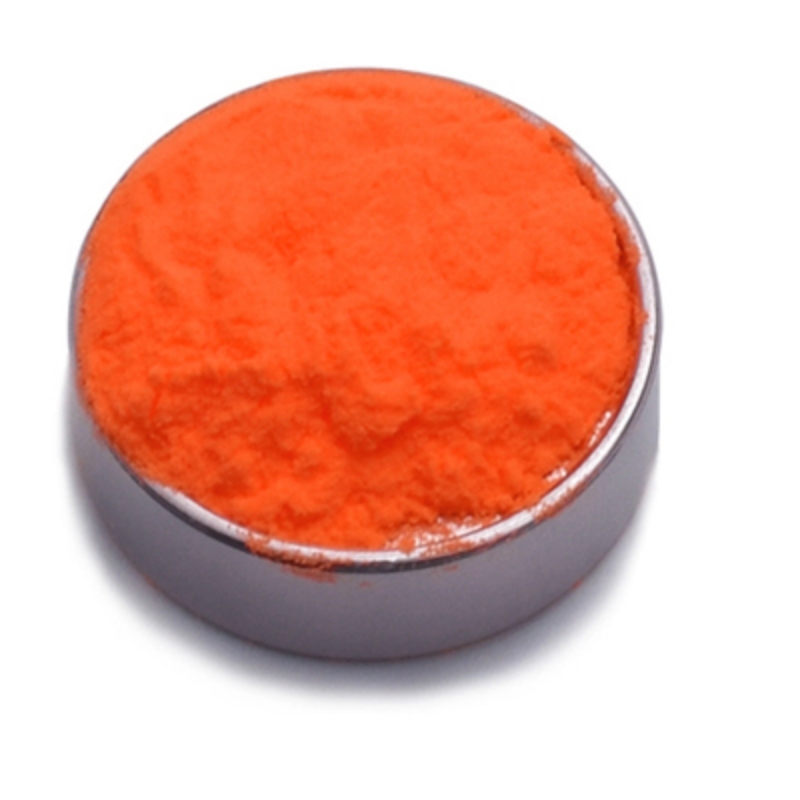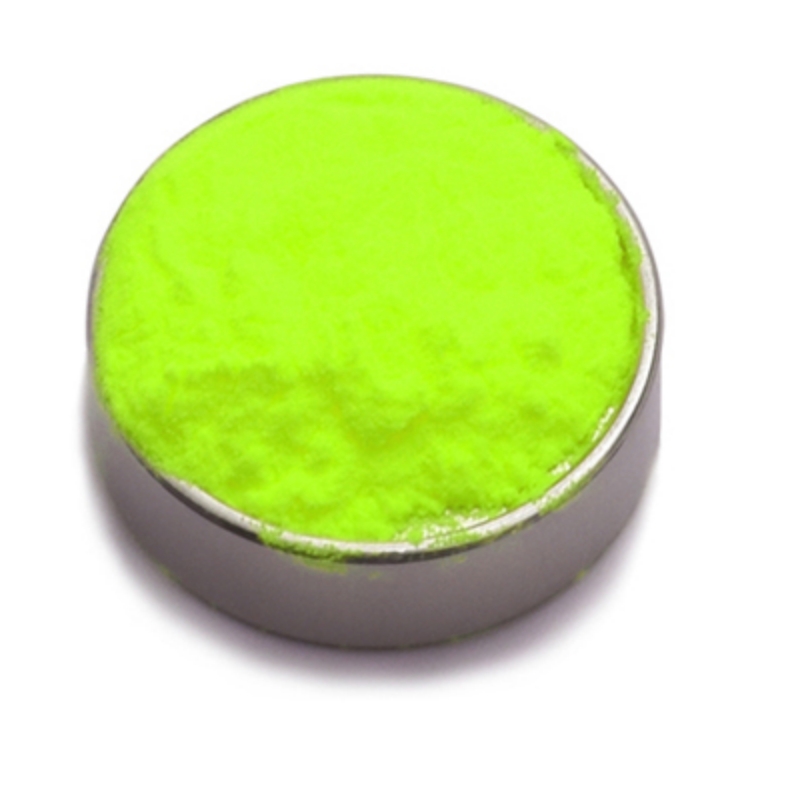Isopropanol synthesis catalyst is a high-performance catalytic material designed to facilitate the selective hydrogenation or hydration of propylene for efficient isopropanol production. Engineered with optimized metal-supported or acidic catalysts, it ensures superior conversion rates, enhanced reaction kinetics, and prolonged operational stability for large-scale industrial chemical synthesis. This catalyst is widely used in solvent manufacturing, pharmaceutical intermediate production, and petrochemical refining applications, providing reliable performance in controlled reaction environments.
Product Overview:
The isopropanol synthesis catalyst is an industrial catalyst used for synthesizing isopropanol from acetone and hydrogen. This catalyst offers high reactivity and selectivity, efficiently converting raw materials under stable process conditions to ensure smooth isopropanol synthesis. It has a long industrial lifespan, typically lasting over two years, which helps reduce production costs and downtime.
Key Features:
- High Reactivity:Provides rapid reactions, ensuring high raw material conversion rates.
- Good Selectivity:Ensures high yield of isopropanol with minimal by-product formation during the synthesis process.
- Good Stability:Performs consistently over long periods of operation, suitable for large-scale industrial production.
- Long Service Life:Typically lasts over two years, reducing catalyst replacement frequency and minimizing production interruptions.
- Flexible Shape Options:Available in spherical nickel-based or pellet copper-based forms to meet different process requirements.
Applications:
- Chemical Synthesis:Mainly used for the industrial synthesis of isopropanol from acetone and hydrogen.
- Petrochemical Industry:Widely used in the petrochemical industry for isopropanol production.
- Industrial Catalysis:Plays an important role in various organic synthesis reactions requiring efficient catalysis.
| Property Name | Value |
| Appearance | Black spherical, black flake |
| Ni Content, % | ≥15 |
| Specific Surface Area (m²/g) | 160-250 |
| Strength (N/particle) | ≥100 |
| Specification (mm) | Φ3-5, Φ5×5, Φ5×3.5-4.0 |
| Radial Crushing Strength (N/particle) | ≥100, ≥80 |
| Reaction Pressure (MPa) | 0.3-1.5, 1.3 |
| Liquid Hourly Space Velocity (h⁻¹) | 0.05-0.4, 0.5 |
| Acetone Conversion Rate (mol%) | ≥99 |
| Catalyst Consumption (kg/ton Isopropanol) | 0.21-0.25 |
| Acetone: Hydrogen Ratio | 1.17 ml/L |
| H₂ V% | First grade |
| Active Component | NiO-Al₂O₃-additives, CuO-ZnO-additives |
| Packing Density (kg/L) | 0.78-0.88, 0.85-0.95, 1.3-1.4 |
| Reaction Temperature (°C) | 110-150, 130 |
| Hydrogen/Acetone (mol) | 1.0/2-5, 1.17 ml/L |
| Acetone Consumption (tons/ton Isopropanol) | 0.99 tons/ton isopropanol |
| Acetone Space Velocity (hr⁻¹) | 0.5 |
| Acetone | Industrial Grade |
 new material
new material

